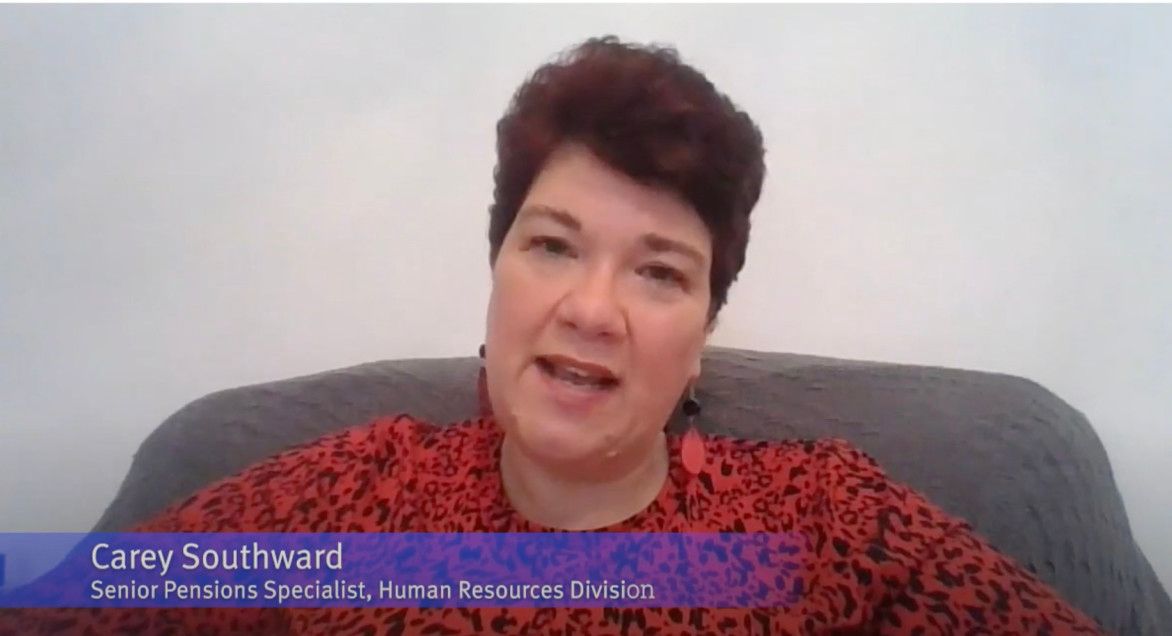Frequently asked questions
Your pensions questions answered
We understand that you may have questions about what a valuation is and what this means for your pension. This page provides answers to some frequently asked questions.
FAQs
What is a valuation?
A valuation must be held at least every three years and is an assessment of whether a pension scheme has enough money to pay the benefits that have been promised to members.
A key part of the valuation is assessing whether contributions – both from employers and employees – are enough to cover these commitments. This is not an objective determination; amongst other things, it is a risk assessment of market volatility and a prediction of future rates of return. A more detailed explanation can be found on the USS webpage.
What was the rationale behind increasing contribution rates during the 2020 valuation?
It's firstly important to understand what a valuation is assessing. It aims to assess what assets a pension scheme currently has to fulfill its future commitments, and how much it is reliant on market-dependent investments to make up any shortfall in the future. The scheme is legally obliged to incorporate prudence into a valuation to ensure that if the risks they are taking don’t deliver the expected returns it is still able to pay the pensions already promised now and in the future. In this sense, every valuation is an assessment of risk: how much risk is the Pensions Regulator willing to accept for the latter to make up for the former?
The 2020 valuation revealed a worsening of the scheme’s funding position - a sizeable deficit - which means additional contributions would be necessary to fund the scheme’s current benefit structure. The cost of future pension promises has also risen.
As such, if the scheme wishes to retain its current benefits structure without taking a level of risk unacceptable to the Pensions Regulator, an increase in contributions is required. An alternative route would be to reform the current benefits structure to keep the cost within the current contributions being paid. This impacts on the benefits members receive in the future (but would not affect pension earning already accrued).
Can I join another pension scheme, like the NHS, TPS or SAUL?
The USS participation agreement has an exclusivity clause, which means that you cannot change to a different pension scheme.
The only exception is for SAUL members who are promoted whilst at Imperial and choose to remain in SAUL.
Can't Imperial just give me the equivalent of the employer pension contributions directly if I leave the scheme?
Although pensions do form part of our overall Total Remuneration Package, under UK pension law, employers cannot do anything that could be seen as encouraging staff to opt out of a pension scheme. This means we cannot pay the employer pension contribution as part of salary.
Can't Imperial look for another scheme to join?
If Imperial were to leave USS, we would still be required to pay our deficit recovery contributions upfront before being allowed to do so. The cost of this would be financially impossible. Due to the size of our commitment to the scheme, it is estimated it would be a multi-billion-pound cost.
Despite the proposed contribution increases, USS does remain a valuable pension for staff in the Higher Education sector. The employer contribution rates are significantly higher than in other schemes, and the benefits offered are competitive with other public sector pension schemes.
Is my pension safe?
Pension you have already earned is safe and secure as it is protected by law and cannot be changed. Any changes to the scheme are not retroactive, so will only impact future earnings.
Is the USS like the Teachers’ Pension Scheme and NHS pension scheme?
Academics at some universities (particularly post-1992 universities) are in the Teachers’ Pension Scheme (TPS) rather than the USS. If you are medical staff working in the NHS you may be in the NHS pensions scheme rather than the USS. These two schemes are very different from the USS.
TPS and NHS are public sector unfunded schemes backed by the UK taxpayer. In contrast, the USS is a private sector scheme directly backed by higher education institutions with a fund set aside (from employer and member contributions, plus investment return) to pay pensions. This means that USS employers carry the risk if the fund is insufficient to deliver the agreed pensions, whereas TPS and NHS pensions are ultimately underwritten by HM Treasury. Unlike the USS, TPS and NHS are not reliant on investment performance, and are not subject to the same regulations that the USS must follow. Although these schemes do still offer a defined benefit pension, the cost to employees in the scheme is higher than those paying into the current USS scheme.



